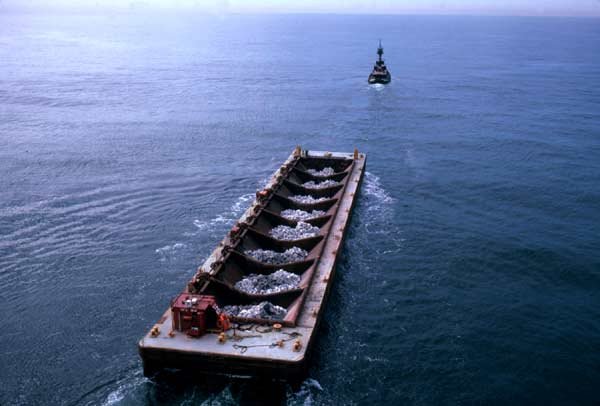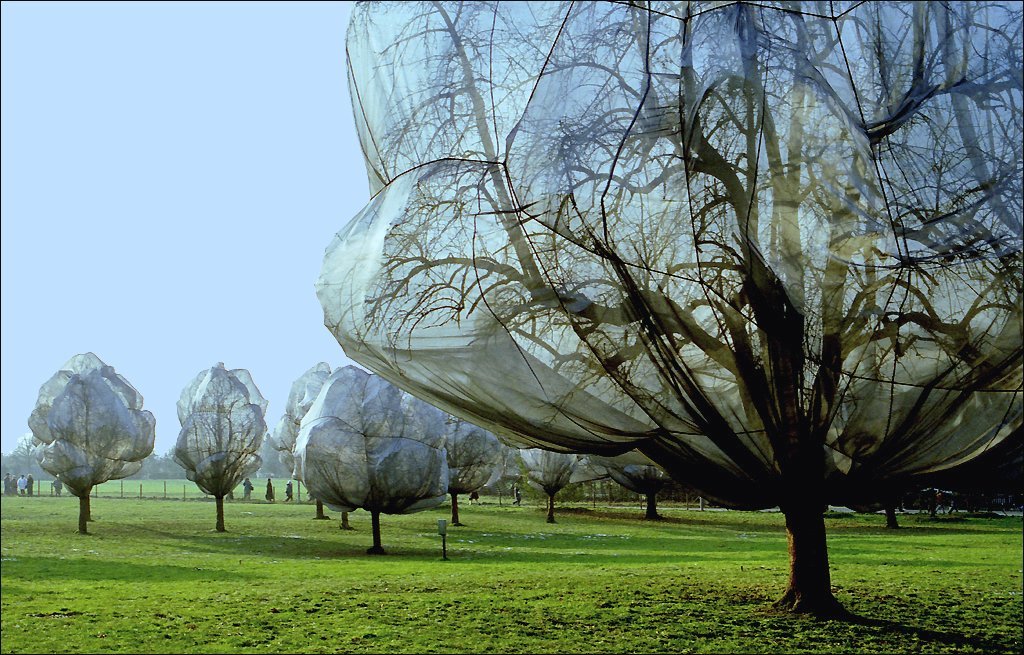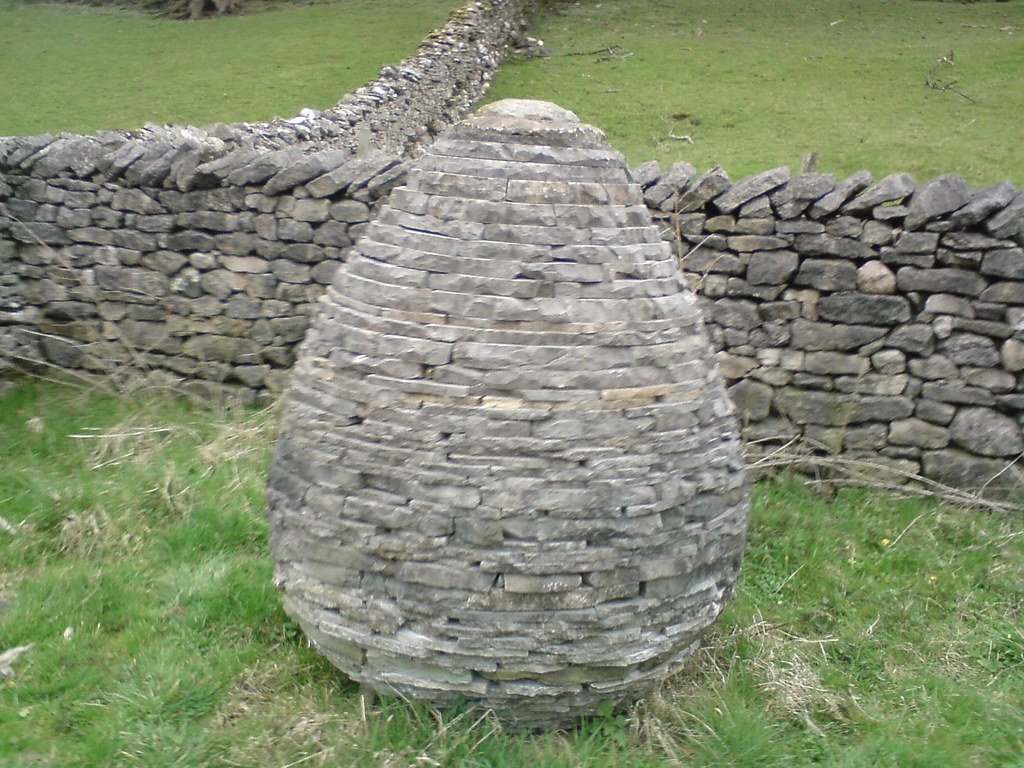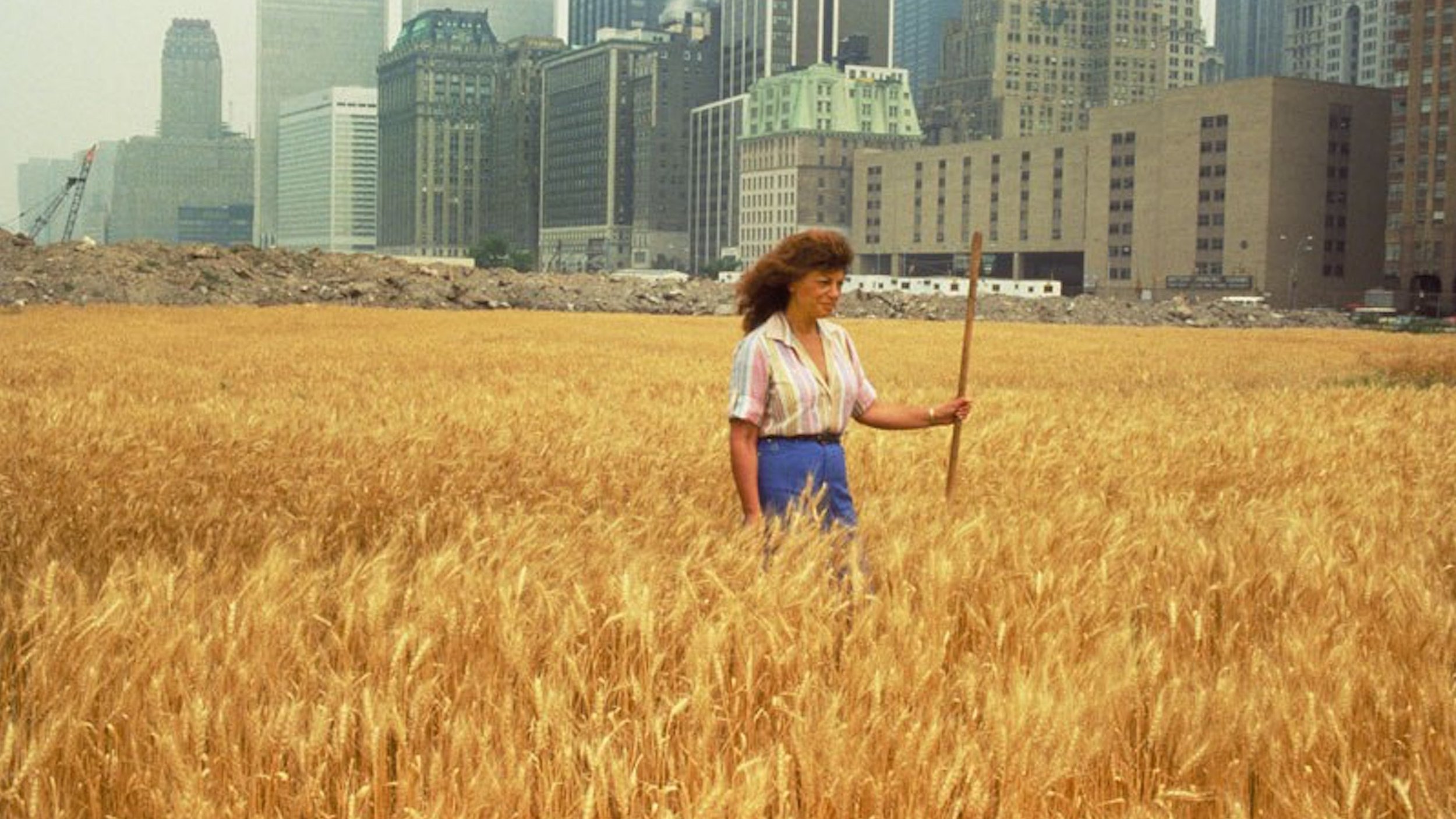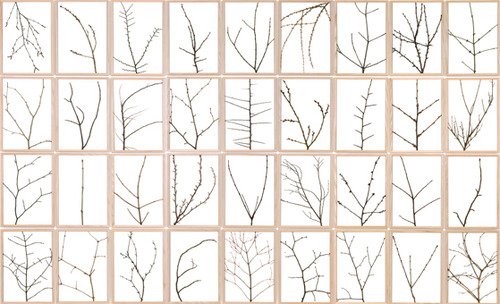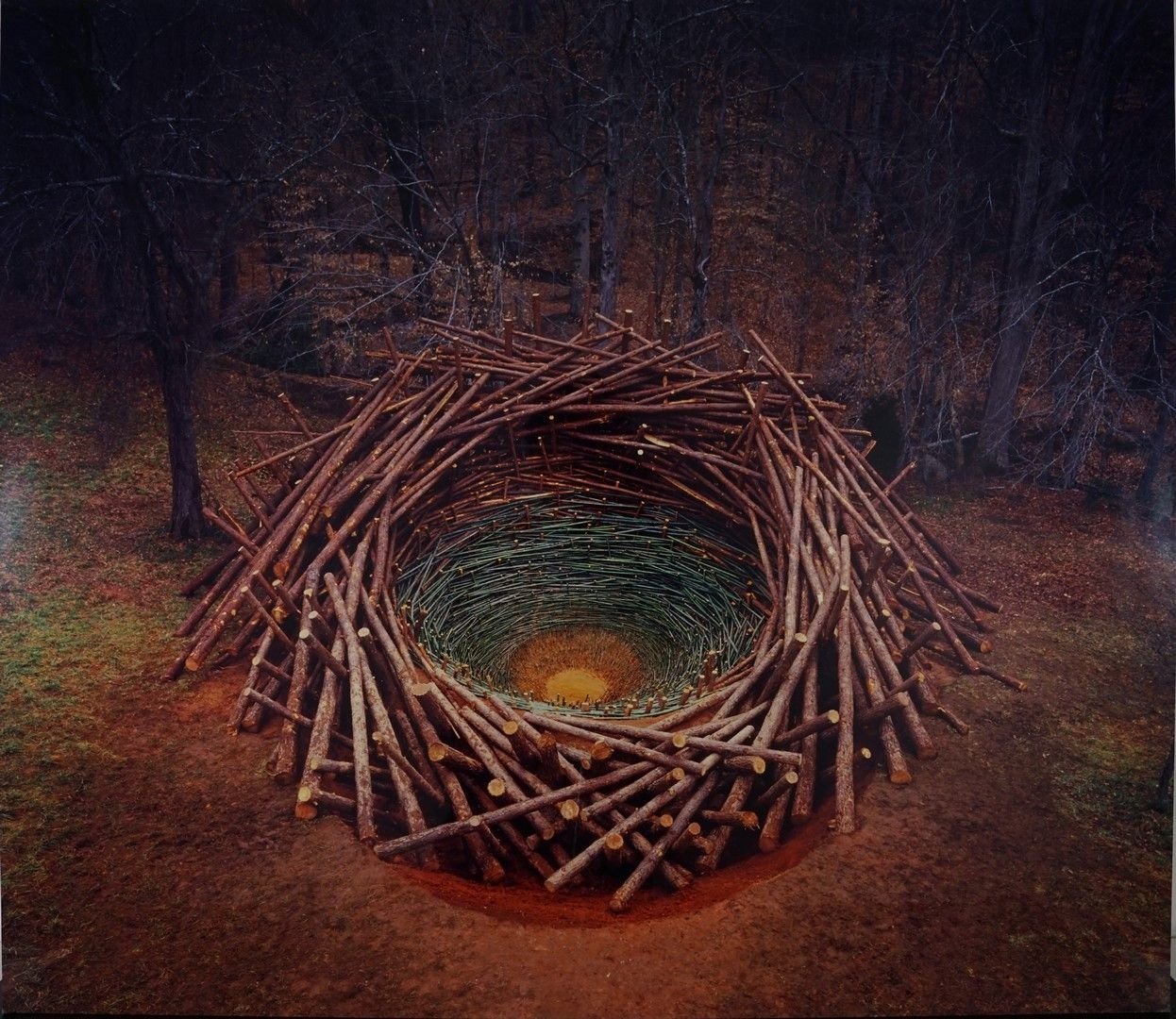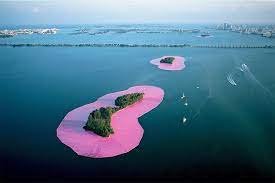ENVIRONMENTAL ART
Late 1970s - Present
Environmental art turned the table by making nature the raw material rather than subject matter.
The movement started at the same time as the world-wide environmental movement so the parallels are impossible to ignore. It was a time when people began paying more attention to the natural world around us and its many simple wonders. It is separate from an earlier movement called Earth Art because environmental artists worked in harmony with nature where earth artists actually disrupted nature by doing things like carving images into meadows.
Environmental artists not only changed the way we look at nature, but also the way we look at places art is viewed. Environmental art often appeared in nature rather than galleries or museums. It was designed to both harmonize and pay homage to nature’s splendors.
To understand the Environmental Art movement you have to put it in context with other movements of the time. The later part of the twentieth century as a time of social and intellectual turmoil in many parts of the western world. Artists reflect their times, so it is unsurprising that many latched onto environmental concerns. A big part of the Environmental Art movement was a reverence for nature and artists created works that would not affect the natural world. Even artists like Christo and Jean-Claude who sought to disrupt nature with works like Valley Curtain and Surrounded Islands made sure there were no lasting effects from their work. They were scrupulous in their tear downs making sure there was no damage to the environment they had so expertly used.
